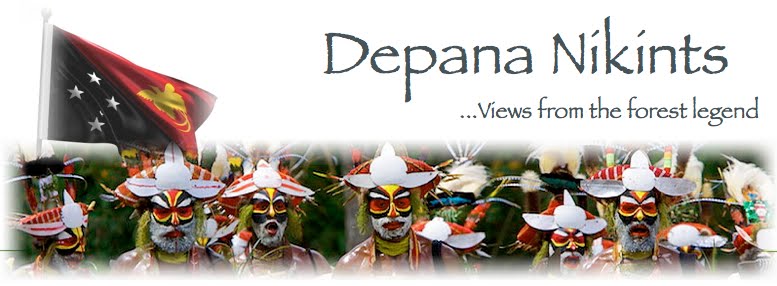50 years ago, the highlands villages were enclosed by pristine forests. Today most of these areas are covered by grasslands (kunai). There are many contributing factors to that, but the most evident is the high population growth experienced in the highlands in the last 50 years.
Quite recently, there has been an escalation in Reafforestation in the highlands region. Communities and individual families are embarking on major reafforestation drive and huge amounts of grasslands have been reafforested. Consequently, tree seedlings are becoming an emerging enterprise as not many people are keen to do nurseries. Two years ago, a casuarinas seedling was selling for 50 toea in Mt. Hagen, now it has gone up to K2.00.
Whilst admiring the initiatives taken by the highlanders, what is the motivating factor? Why a sudden shift of the mindset? It seems that, the promises of carbon trade have settled in well in the highlands region – Money speaks.
I do not want to discredit the whole exercise as I also believe in reforestation and reafforestation exercises because of the many benefits, however my concern is, will money truly come to the highlands as promised by the carbon trade maniacs? PNG does not have a policy framework for carbon trade, and the global community is yet to decide whether or not to include the REDD initiatives for carbon trading.
On the global perspective, by now people should understand that money is not the solution to the global climate crisis; it is the moral values that count most. Simple things like respecting your neighbour, caring for others, taking just enough, changing your lifestyle, and putting the people and the planet before profits matters if anybody is serious at all.
REDD-Monitor is moving to Substack
2 years ago



No comments:
Post a Comment